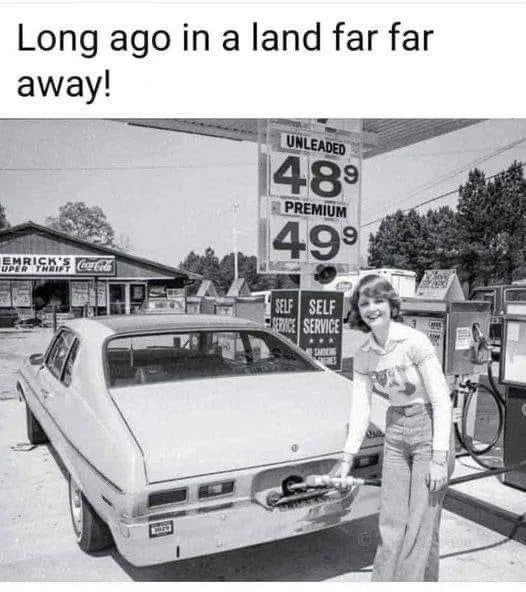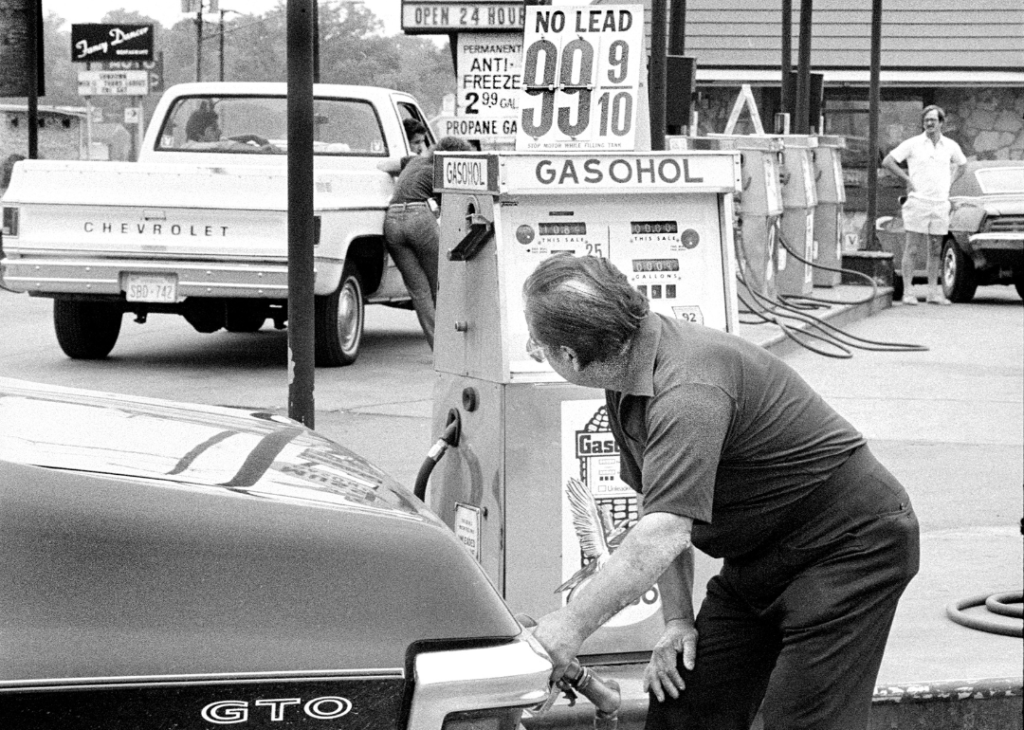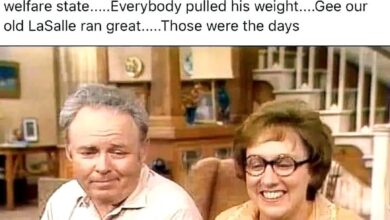How a Gas War Slashed Prices to 15 Cents – The Fascinating History of Sinclair’s Iconic Stations!
In the mid-20th century, gas stations in the U.S. engaged in fierce price wars, a strategy aimed at drawing in as many customers as possible by slashing gasoline prices to almost unimaginable lows. The Sinclair gas station in the viral image, advertising gas at 15 cents per gallon, captures one of these “gas wars” that often took place between rival stations. These price battles were common during the 1950s and 1960s, when the oil industry was highly competitive, and independent gas station owners sought creative ways to outmaneuver their competition.

Sinclair Oil, founded by Harry F. Sinclair in 1916, was one of the most iconic names in the American oil industry, with its distinctive green dinosaur logo. Over time, Sinclair expanded across the country, becoming a staple for motorists. However, as the oil market grew more competitive, individual stations frequently dropped prices to attract more business, giving rise to these famous “gas wars.” Stations would advertise lower prices on huge signs, even at the expense of their own profits, just to get drivers through their doors. Customers flocked to these deals, causing a ripple effect that pressured nearby stations to lower their prices as well.
In the 1960s, Sinclair, like many oil companies, faced significant financial pressures. Prices and earnings in the industry hit a 15-year low, yet competition between stations remained fierce. Gas wars continued to be a popular tactic for drawing in customers, but the long-term financial sustainability of this strategy was questionable. Although it worked in the short term to increase traffic, it often led to slimmer profit margins and a race to the bottom. For drivers, however, these gas wars were a welcome relief, providing cheaper fuel for road trips and daily commutes.

The appeal of stations like Sinclair during these price wars went beyond just the cost of fuel. These stations were often community hubs, where attendants would not only pump gas but also offer additional services like cleaning windshields, checking tire pressure, and more. It was a time when service was personal, and customers could rely on friendly attendants who knew them by name. The promise of S&H Green Stamps, which could be redeemed for various household items, further enhanced the customer experience, turning each fill-up into a rewarding event.
Despite the cutthroat nature of gas wars, Sinclair remained resilient. The company adapted to the changing market by introducing new technologies, such as automating pipelines and upgrading its products, which allowed it to weather the volatile pricing of the oil market. Sinclair also capitalized on its strong brand identity, particularly with the use of its beloved dinosaur mascot, “Dino,” which became a cultural icon, especially after it appeared at the 1964 New York World’s Fair.
While gas wars may seem like a thing of the past, they played a significant role in shaping the retail fuel industry in America. These battles pushed companies to innovate and find new ways to appeal to customers, whether through pricing strategies, loyalty programs, or improved service. For Sinclair, the gas wars were just one chapter in its long and storied history, but they remain a vivid reminder of a time when gas was incredibly cheap, and filling up the tank was more than just a routine stop — it was an experience that connected people to their local communities.





